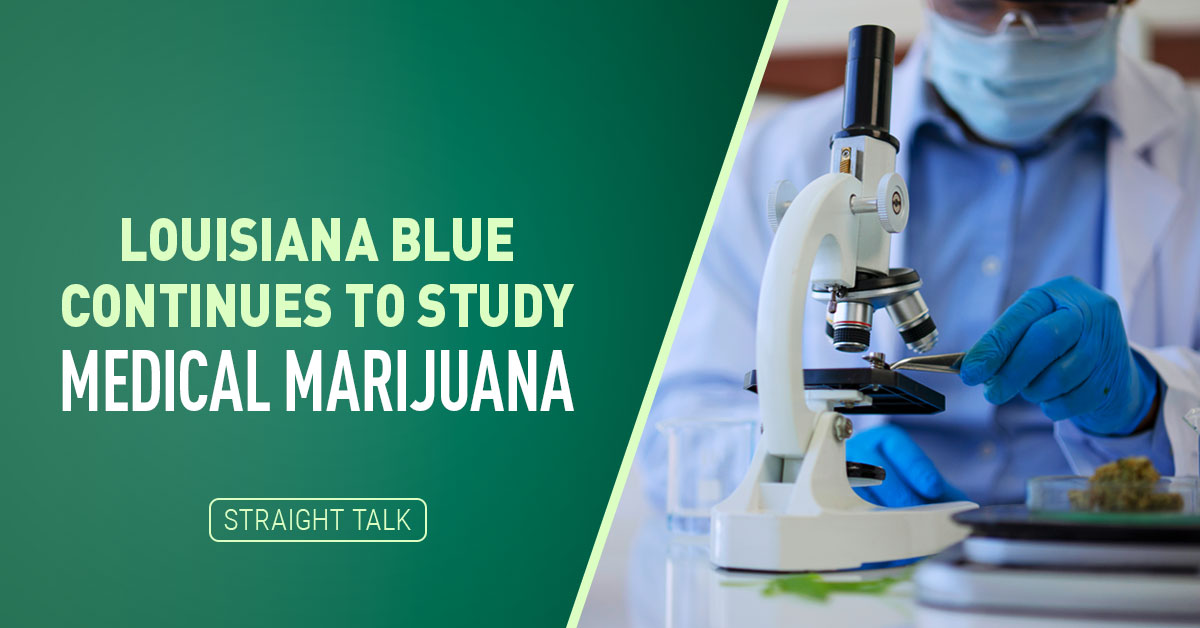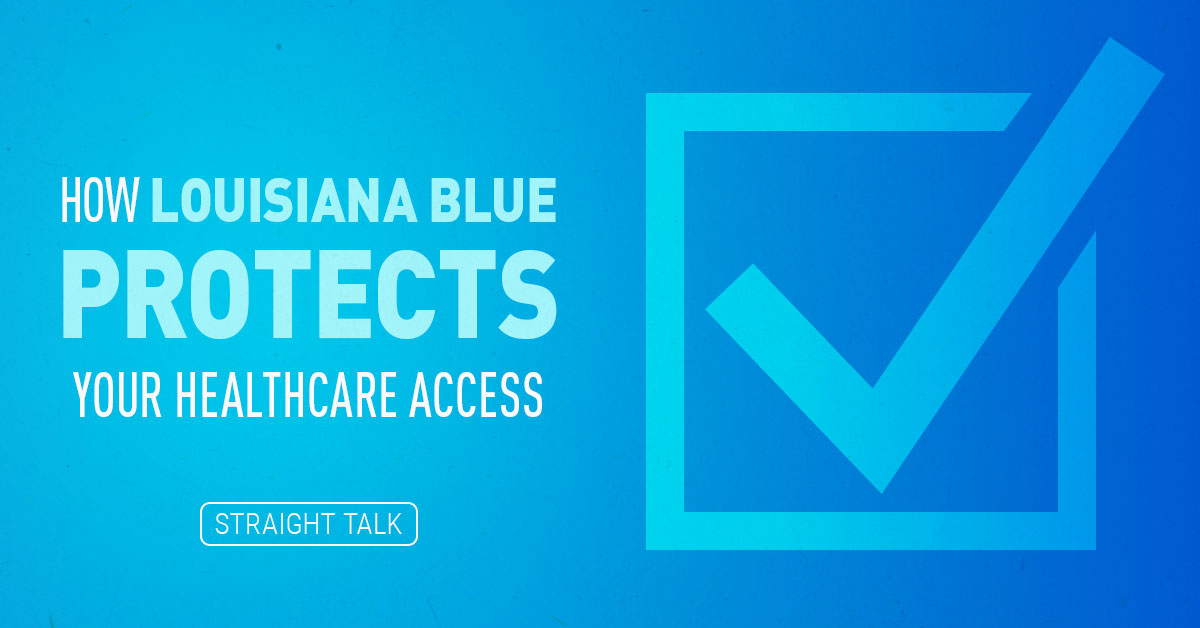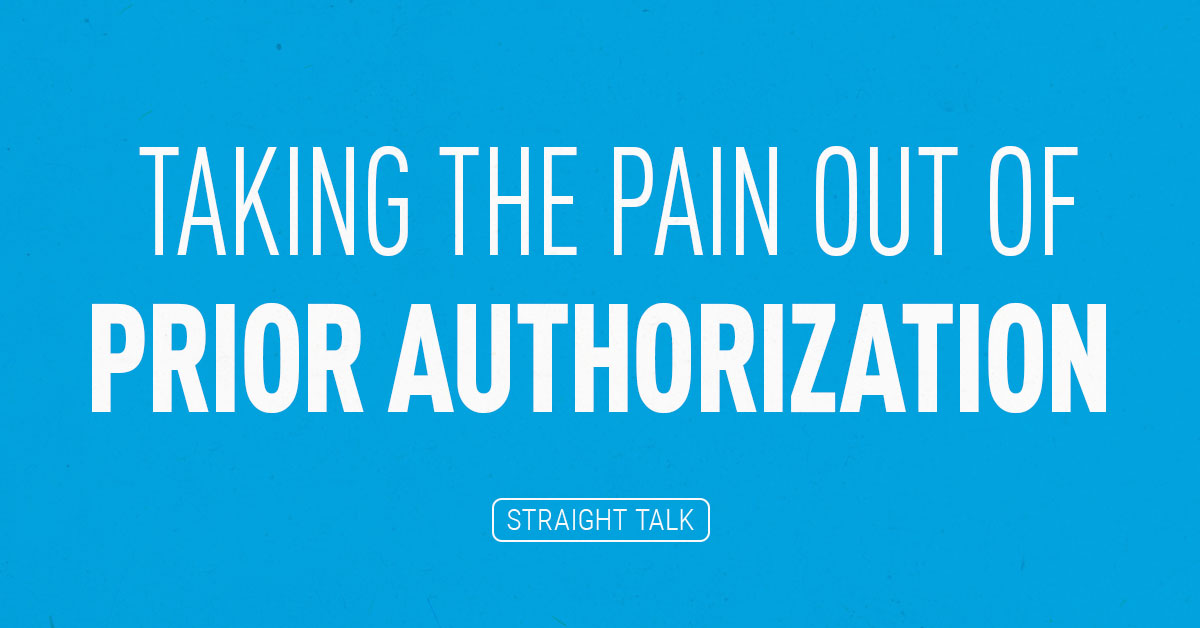My longtime Straight Talk readers may remember that just a few years ago, we were discussing medical marijuana. I gave you the Straight Talk on the latest state and federal developments on when medical marijuana is permitted, went over some of the pros and cons, and described many of the unknowns (and there were plenty!) that must be factored into making something like cannabis use covered by your health insurance.
Recently, I noticed some big-time research houses are doing more intense research on long-term cannabis use for medical OR recreational reasons, and they’ve begun to quantify the risks. Among them were the famous Cleveland Clinic and the division of the U.S. Department of Health and Human Services tasked with such research, the Substance Abuse and Mental Health Services Administration (SAMHSA). And I found research from several other reputable, national sources.
What fascinated me about their research is how much their findings intersect. In fact, the outcomes of cannabis use and their recommendations are really becoming quite congruent, a sure sign that science is being applied, and repeatable results were achieved.
So, what are their findings and recommendations?
We know that marijuana use comes with several risks that can affect a person’s health and life no matter why they use it.
I used my new favorite sidekick to help me summarize large volumes of research quickly, CoPilot, to condense the findings from the latest studies by multiple sources. Then, I went through those results to identify commonly reported risks of marijuana use. Here is what I saw:
Addiction
- General Risk: Approximately 1 in 10 people who use marijuana will become addicted. Yes, the idea that marijuana is NOT addictive turns out to be a myth for some people.
- Youth Risk: When use starts before age 18, the rate of addiction rises to 1 in 6.
Brain Health
- IQ Loss: Marijuana can cause permanent IQ loss of as much as 8 points when people start using it at a young age. These IQ points do not come back, even after quitting marijuana.
Mental Health
- Depression and Anxiety: Studies link marijuana use to depression, anxiety, suicide planning and psychotic episodes. It is not known if marijuana use is the cause of these conditions or simply a contributor.
Athletic Performance
- Coordination: Marijuana affects timing, movement and coordination, which can harm athletic performance.
Driving
- Impaired Driving: People who drive under the influence of marijuana can experience slower reactions, lane weaving, decreased coordination and difficulty reacting to signals and sounds on the road.
Pregnancy and Nursing
- Fetal Development: Marijuana use during pregnancy may cause fetal growth restriction, premature birth, stillbirth and problems with brain development, resulting in children developing hyperactivity and poor cognitive function.
- Breastfeeding: THC and other chemicals from marijuana can be passed from a mother to her baby through breast milk, affecting a child’s healthy development.
Daily Life
- Performance: Using marijuana can affect performance and how well people do in life. Research shows that people who use marijuana are more likely to have relationship problems, worse educational outcomes, lower career achievement, reduced life satisfaction and reduced motivation.
Cannabinoid Hyperemesis Syndrome
- Symptoms: Regular users may experience constant nausea, vomiting and abdominal pain that may not subside for months at a time.
Child Poisonings
- Edibles: Unregulated inclusion of cannabis in food items like candy and baked goods has led to a rash of children being treated for poisoning at emergency rooms around the nation. It is often difficult, especially for young children, to tell THC-infused products from regular candy or other snack products.
These risks highlight the importance of being informed about the potential negative effects of marijuana use, especially for youth, pregnant women and regular users. I’m betting when you go to the dispensary to pick up your marijuana, it won’t have a warning label on it listing these risks. Since marijuana is still not FDA approved and the FDA controls the labels you see on food and medicines, the only way that can change is if a state enforces such measures. And most .
But this is Straight Talk, and I feel like you deserve all the information I can give you. In that spirit, here’s the flip side of the coin.
The Cleveland Clinic researchers have also been surveying and studying the medical uses for marijuana across the nation. Their research is on the positive uses for medical marijuana or its components (like cannabidiol/CBD). In looking at the summaries of that research, here’s what stood out to me:
Medical Marijuana/THC
- Pain Relief: Marijuana is often used to alleviate chronic pain, including pain from conditions like arthritis, migraines and multiple sclerosis. It is not curative but can suppress symptoms.
- Nausea and Vomiting: It is effective in reducing nausea and vomiting, especially in patients undergoing chemotherapy. (Note long-term daily use can have the opposite effect – see that mention above of cannabinoid hyperemesis syndrome.)
- Appetite Stimulation: Marijuana can help increase appetite in patients with conditions like HIV/AIDS or cancer, where weight loss and lack of appetite are common.
- Muscle Spasms: It can reduce muscle spasms and spasticity in conditions like multiple sclerosis and spinal cord injuries.
- Sleep Disorders: Marijuana can help improve sleep in people with insomnia or other sleep disorders. It can also reduce REM activity in people without sleep disorders, leading to less restful sleep.
- Mental Health: It may help alleviate symptoms of anxiety and PTSD, although this is still under research, which is so far inconclusive.
CBD
- Anxiety and Depression: CBD is known for its calming effects and can help reduce anxiety and depression without the psychoactive effects of THC.
- Pain and Inflammation: CBD is effective in reducing pain and inflammation, making it useful for conditions like arthritis and fibromyalgia.
- Epilepsy: CBD has been approved by the FDA for treating certain types of epilepsy, such as Dravet syndrome and Lennox-Gastaut syndrome.
- Neuroprotective Properties: CBD may help protect the brain and nervous system, potentially aiding in conditions like Alzheimer’s and Parkinson’s disease.
- Skin Conditions: CBD can be used topically to treat skin conditions like acne and eczema due to its anti-inflammatory properties.
- Heart Health: CBD may help lower blood pressure and improve heart health by reducing stress and inflammation (still being studied).
The Straight Talk is that marijuana use for “medicinal” purposes is a bit of a two-edged sword. It is important to me that people considering using marijuana to treat health conditions, or really for any purpose, understand ALL the risks, not just the potential benefits. That way, they can make a smart, informed decision. And until the FDA is involved in regulating the strength, quality and labeling of the products, we can’t consider covering it under health insurance*.
*Epidiolex is an exception, it is a highly purified form of CBD oil approved by the FDA and sold at pharmacies with a prescription. It is effective for certain types of epilepsy and is typically covered by health plans.





Leave a Reply